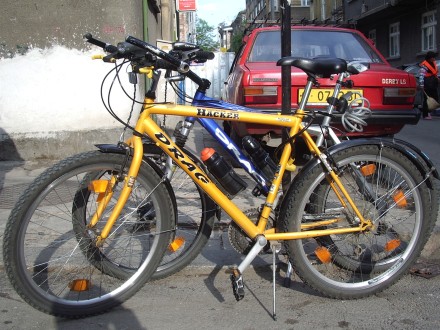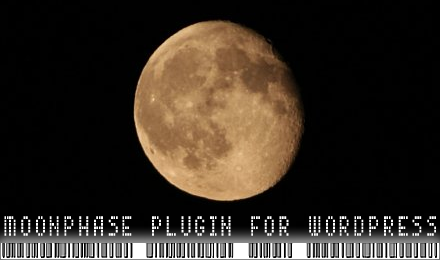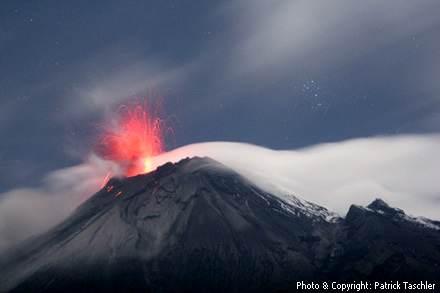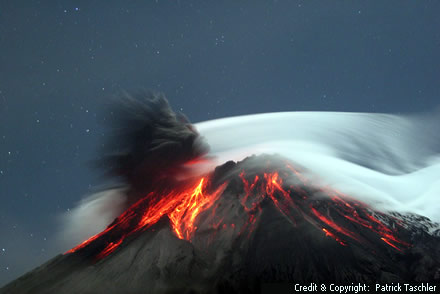What is snafu? This is an acronym for “situation normal, all f***ed up”.
What is fubar? This is an acronym for “f***ed up beyond all recognition”.
Both are military terms. I’ve met them for the first time in this interesting article at CNN.com I’ve dropped at by accident:
http://edition.cnn.com/2007/LIVING/personal/10/22/o.panic.button/index.html
Two short excerpts from it I liked the most:
This is what happens when we hang on to expectations in the face of crisis, and it can turn a snafu into an utterly fubar situation. Working when you’re sick, you end up in the hospital. Rushing tasks after a slowdown, you drop or break or miscalculate something crucial. Pushing yourself beyond emotional limits, you lash out and damage a relationship.
and:
I followed them to downtown Boston, where, switching strategies one last time, I caught the subway home. Staying loose and flexible not only got me through a snafu but proved I could run for six straight hours. After that the marathon was a cakewalk.
It’s worth reading! :-)






